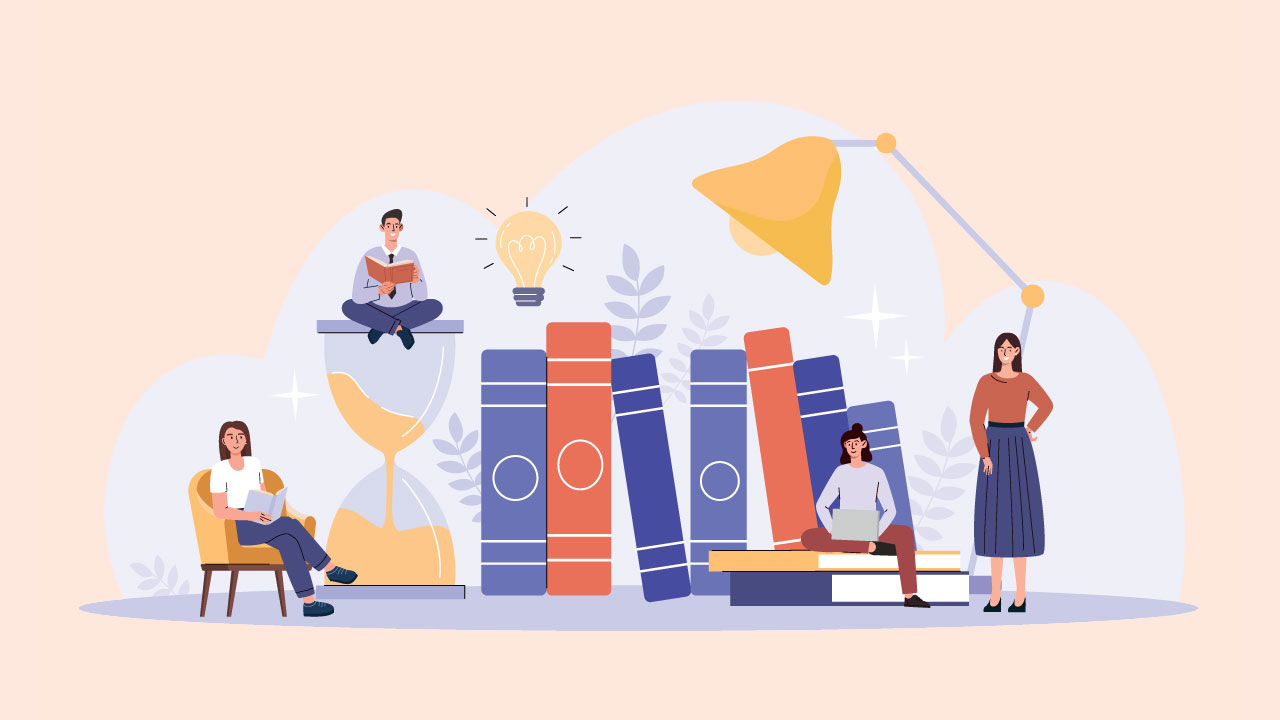

Frequent questions Collection Development librarians receive from library staff and community members are an interest in materials to support individuals with dyslexia, vision issues, and/or those who are reading below grade level. This is not only a valid concern; it is the library’s responsibility to support these individuals.
According to the Yale Center for Dyslexia and Creativity (2022), dyslexia is defined as an unexpected difficulty in learning to read. It interferes with the brain's ability to decode words quickly and automatically and affects the retrieval of spoken language. It’s estimated that 20 to 40 million people in the U.S. are affected by dyslexia. When we factor in individuals with vision impairments, learning disabilities, or individuals who are simply behind in reading, the number of community members needing accessible materials is significant.
Yet, high-quality, appropriate resources for these readers can be difficult to find — and that makes building an inclusive collection essential.
Recent research into dyslexia continues to affirm that reading difficulties among individuals with dyslexia are primarily rooted in deficits in alphabetic and phonological processing, not visual problems (Stein, 2022). However, that has not diminished the popularity — or the impact — of tools like dyslexia-friendly fonts and large print books. These resources remain essential in fostering an inclusive and supportive reading environment for individuals with dyslexia, visual processing differences, or other reading challenges.
Both dyslexic-friendly and large print books can improve the readability of books for all readers by increasing confidence and independence in independent reading and reducing fatigue from long reading sessions. Large print books are no longer just for seniors who need a little extra assistance; fewer words per page assist with decoding, larger fonts and increased spacing force the eye to move more slowly and reduce fatigue for all readers (Thorndike Press, 2024).
Rather than shelving large print books separately for children and teens, consider integrating them into the regular collection. This can reduce the stigma of the format for younger readers of the library. Plus, it increases discoverability and accessibility while not committing to a large budget or designated shelf space to create a brand-new collection. Start small by purchasing popular and in-demand titles — this builds awareness and interest without requiring a large initial investment.
High-low books are designed to engage older readers with age-appropriate storylines but written at a lower reading level. These are useful tools for students with learning disabilities, English language learners, and those who have fallen behind. Paired with pre-reading vocabulary support, discussion questions can increase the success of these books. And do not overlook the power of alternative formats such as graphic novels, audiobooks or read-along formats.
By integrating dyslexia-friendly formats, large print books, high-low titles, and multimedia supports, libraries can create a reading environment where all patrons have a path to success. These tools not only assist those with specific reading challenges but enrich the experience for all users — helping every reader build confidence, independence, and joy in reading.
Some publishers and imprints known for producing books with dyslexic-friendly fonts and layouts are Orca, Union Square Kids, Barrington Stoke, DK, and Thorndike Press. Publishers and imprints of high-low materials are Saddleback, Orca, Capstone, Oxford Children’s, West 44, and Black Rabbit Tales.
Check out our librarian curated lists for High/Low and Accessible formats for both Children and Teen.